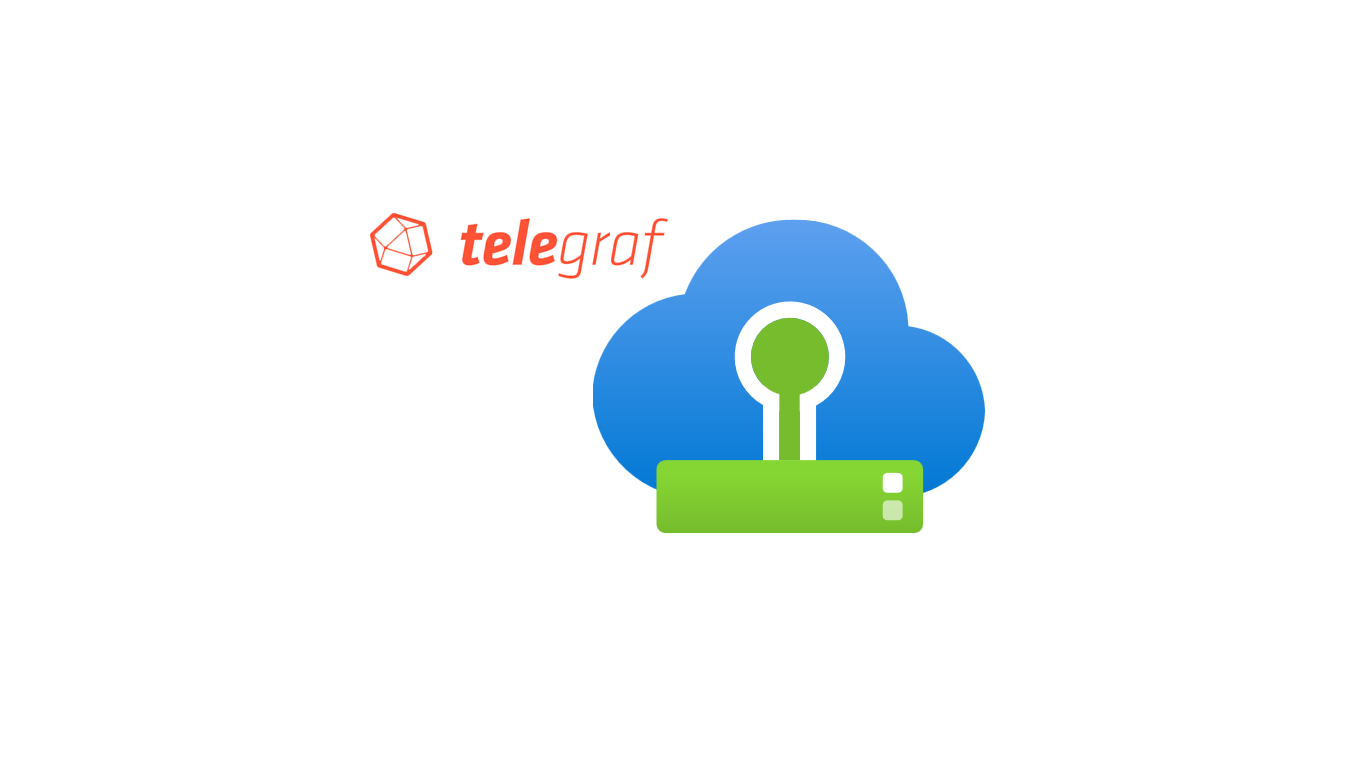Azure VMware Solution Advanced Monitoring

The available Azure VMware Solution metrics in the Azure portal contain a standard monitoring library. For customers that require an advanced and comprehensive set of metrics from the VMware vSphere and NSX-T Data Center components of their Azure VMware Solution, this Advanced Monitoring Telegraf plug-in can be used. This provides operational simplicity for our customers using the Azure VMware Solution, removing the need for additional third-party solutions when access to advanced metrics is a customer requirement.
This solution add-on deploys a virtual machine running Telegraf in Azure with a managed identity that has contributor and metrics publisher access to the Azure VMware Solution private cloud object. Telegraf then connects to vCenter Server and NSX-T Manager via API and provides responses to API metric requests from the Azure portal.
Figure 1 – Azure VMware Solution Advanced Monitoring with Telegraf
This solution add-on has an ARM Template that can be used to quickly deploy the necessary Telegraf Azure Virtual Machine and necessary configuration, or it can be manually deployed by an Azure administrator.
Background
The Azure VMware Solution product group has created this GitHub repository to share prescriptive architectural approaches and tools for customers and partners using the Azure VMware Solution service. This is intended to enhance the value of the Azure VMware Solution service to our customers and partners.
To navigate the Azure VMware Solution GitHub repository, select the solution you are interested in from the Table of Contents in the README.md file to open the project folder. Each project has a descriptive README.md file that describes how to use it.
Azure VMware Solution is a VMware validated first party Azure service from Microsoft that provides private clouds containing VMware vSphere clusters built from dedicated bare-metal Azure infrastructure. It enables customers to leverage their existing investments in VMware skills and tools, allowing them to focus on developing and running their VMware-based workloads on Azure.
If you are interested in the Azure VMware Solution, please use these resources to learn more about the service:
- Homepage: Azure VMware Solution | Microsoft Azure
- Learn: Run VMware resources on Azure VMware Solution Training
- Documentation: Azure VMware Solution
- Azure CLI: Azure Command-Line Interface (CLI) Overview
- PowerShell module: Az.VMware Module
- Terraform provider: azurerm_vmware_private_cloud Terraform Registry
- GitHub repository: Azure/azure-vmware-solution
- Cloud Adoption Framework: Introduction to the Azure VMware Solution adoption scenario
- Network connectivity scenarios: Enterprise-scale network topology and connectivity for Azure VMware Solution
- Enterprise Scale Landing Zone: Enterprise-scale for Microsoft Azure VMware Solution
- Enterprise Scale GitHub repository: Azure/Enterprise-Scale-for-AVS
- Microsoft Ignite 2022: Azure VMware Solution Update – New Features and Capabilities (microsoft.com)
- VMware homepage: VMware to Azure Migration Solutions
- VMware Hands-on Labs: Azure VMware Solution Hands-on Labs
- VMware Cloud Tech Zone: Azure VMware Solution
- VMware Explore 2022: VMware Explore Video Library
Author Bios
Kenyon Hensler is a Senior Technical Program Manager in the Azure VMware Solution product group at Microsoft. His background is in system engineering with experience across all facets of the enterprise networking and compute stacks.
René van den Bedem is a Principal Technical Program Manager in the Azure VMware Solution product group at Microsoft. His background is in enterprise architecture with extensive experience across all facets of the enterprise, public cloud & service provider spaces, including digital transformation and the business, enterprise, and technology architecture stacks. In addition to being the first quadruple VMware Certified Design Expert (VCDX), he is also a Dell Technologies Certified Master Enterprise Architect, a Nutanix Platform Expert (NPX) and an NPX Panelist.
Published on:
Learn moreRelated posts
Semantic Reranking with Azure SQL, SQL Server 2025 and Cohere Rerank models
Supporting re‑ranking has been one of the most common requests lately. While not always essential, it can be a valuable addition to a solution...
How Azure Cosmos DB Powers ARM’s Federated Future: Scaling for the Next Billion Requests
The Cloud at Hyperscale: ARM’s Mission and Growth Azure Resource Manager (ARM) is the backbone of Azure’s resource provisioning and management...
Automating Business PDFs Using Azure Document Intelligence and Power Automate
In today’s data-driven enterprises, critical business information often arrives in the form of PDFs—bank statements, invoices, policy document...
Azure Developer CLI (azd) Dec 2025 – Extensions Enhancements, Foundry Rebranding, and Azure Pipelines Improvements
This post announces the December release of the Azure Developer CLI (`azd`). The post Azure Developer CLI (azd) Dec 2025 – Extensions En...
Unlock the power of distributed graph databases with JanusGraph and Azure Apache Cassandra
Connecting the Dots: How Graph Databases Drive Innovation In today’s data-rich world, organizations face challenges that go beyond simple tabl...
Azure Boards integration with GitHub Copilot
A few months ago we introduced the Azure Boards integration with GitHub Copilot in private preview. The goal was simple: allow teams to take a...
Microsoft Dataverse – Monitor batch workloads with Azure Monitor Application Insights
We are announcing the ability to monitor batch workload telemetry in Azure Monitor Application Insights for finance and operations apps in Mic...
